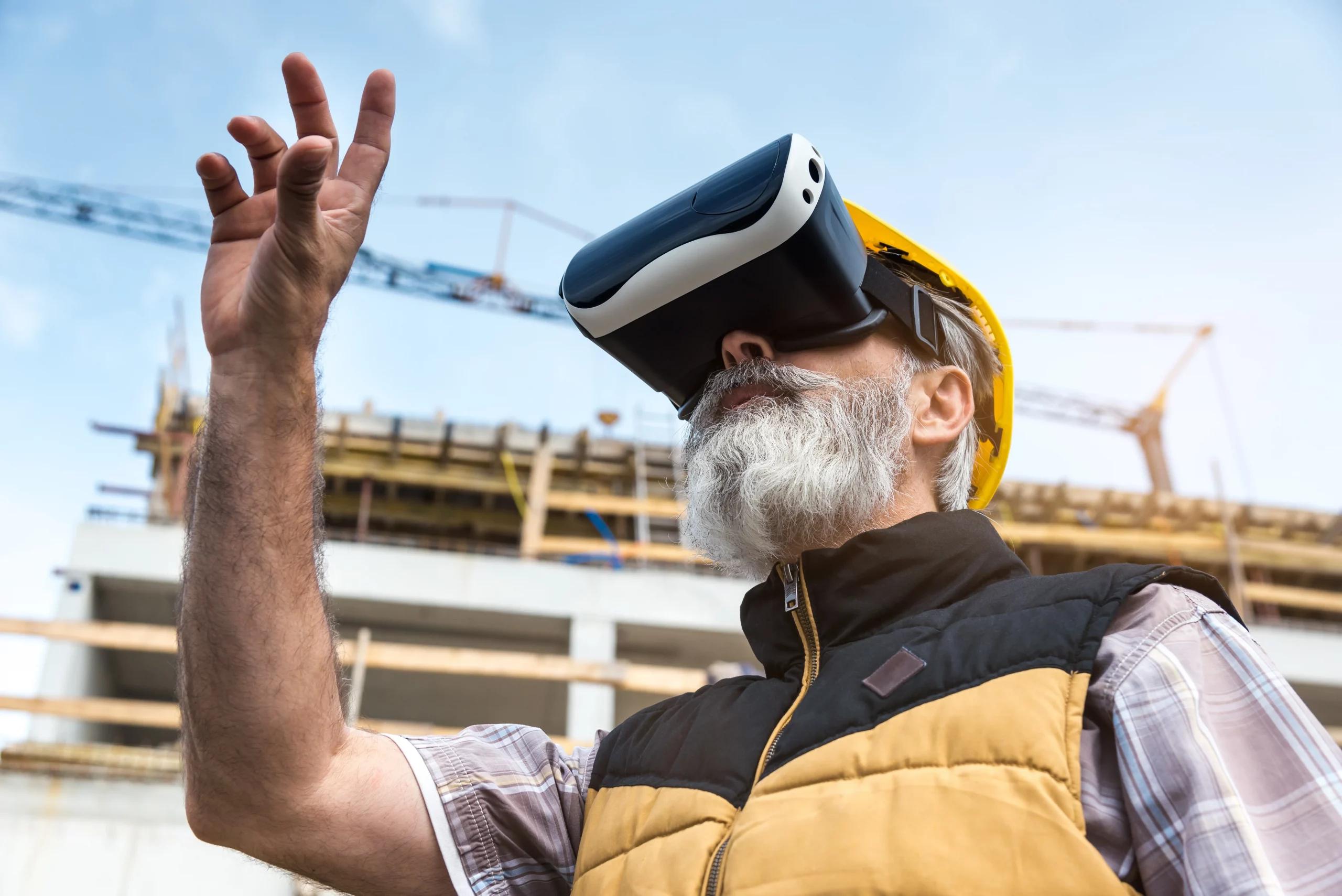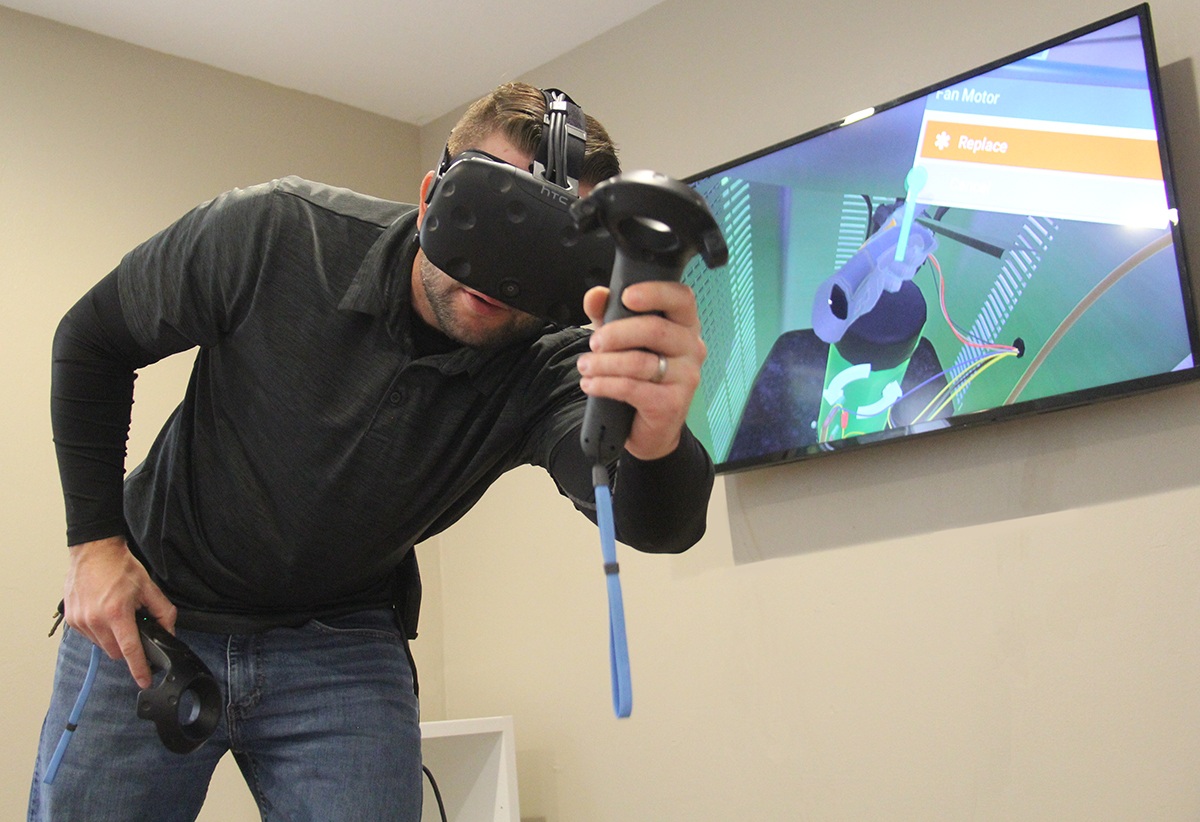All organizations train their workforce and most spend a significant time doing so. Training programs can range from informal and disorganized to heavily regimented and process-driven. It’s important to understand that training is only as good as its ability to help your team retain information and perform relevant skills.
In hands-on jobs, VR (Virtual Reality) and Sims (Simulations) have proven to increase training efficiency which inherently can increase business profitability.
But don’t take our word for it, studies from the aviation, medical, and defense industries have all delivered data-driven proof of the effectiveness of sim training to improve the effectiveness and productivity of the deskless worker.
The long history of these industries in sim based training along with their well-funded budgets have made them a leader in developing deep analysis on the subject. Here are some great case studies demonstrating how VR and sims helped improve memory recall, performance and even helped reduce procedural errors.
We broke them down and summarized for easier reading. Click the links for the full case study.
1. A Modular Interactive Virtual Surgical Training Environment
Summary: Surgeons who used VR training for 2 hours improved their time on task by 83% and were more than 70% “more efficient” in movement and measurements. There was no comparison group in this study.
Published by: University of Michigan Medical School in partnership with Cybernet Systems
2. Virtual Reality Training Improves Operating Room Performance
Summary: Surgeons trained via Virtual Reality (VR) to perform operations. Trainees performed 29% faster and made 6x fewer errors than those trained via conventional methods.
Supported with a grant from the Fulbright Distinguished Scholar Program (A.G.G.). Presented at the 122nd Annual Meeting of the American Surgical Association.
3. Using Serious Games to Improve Aircrew Training
Summary: Soldier study participants scored 17% better using Game-Based simulation versus conventional methods of training.
Published by: Arizona State University in partnership with Anacapa Sciences, Inc.
4. Using VR Based Training For Maintenance Procedures
Summary: While both desktop and VR training simulations performed similar in basic recall, in a challenge mode, after learning scaffolding had been removed, those who had trained using Virtual Reality made fewer errors than those who used desktop simulations.
Published by: Naval Air Warfare Center Training Systems Division
5. Development and Analysis of VR Technician Training and Methods
Summary: In a technician training study, those who used VR versus those who did not use VR had equal results.
But, the study suggests that because of the deployment advantages of Virtual Reality (cost, scalability, ability to iterate), it should be used as a primary means for training. Further, in surveys following the study, 85% of participants preferred VR training to traditional .
Published by: Brigham Young University
6. Intelligent Tutoring: Bridging the Gap from Knowing to Doing – Military in-stride simulation
Summary: Using an Intelligent Tutor System (similar to what an Interplay simulation includes) in a virtual simulation, soldiers had 2.7x more successful missions than those who did not use the simulation tutor system.
Published by: The Boeing Company
7. Virtual memory palaces: Immersion aids recall
Summary: Study participants trained via VR demonstrated a 9% better information recall and made 41% fewer errors than those trained via Non-VR.
Published by: University of Maryland
8. The Effects of Fully Immersive Virtual Reality on the Learning of Physical Tasks
Summary: Those who learned physical movements (Tai Chi) in VR performed better on all measurements versus those who learned via video-based learning.
Published by: Stanford University, Computer Science and Engineering University of Washington, Electrical Engineering and Computer Science University of California at Berkeley Berkeley
9. Measuring Virtual Simulation’s Value in Training Exercises – USMC Use Case
Summary: Study includes data from 29 training events that featured both a live and virtual training component. The training value assessment results show that when you augment live training events with virtual training, you can provide the same value for reduced cost. This covered training for air combat element (ACE), ground combat element (GCE), and logistics combat element (LCE).
Published by: US Marine Corps
10. Using Game Based Simulation To Accelerate Aircrew Cognitive Training
Summary: In this study, soldiers who used game-based simulations made fewer errors in their aircrew activities. Further, those who used the game based training voluntarily did additional practice.
Published by: Arizona State University, Naval Air Warfare Center Training Systems Division, Anacapa Sciences, Inc.
11. BONUS Case Study: Solving the Skills gap One Weekend at a Time with VR Training:
Summary: A top HVAC distributor creates a workforce training solution that quickly on-ramps careers and improves their community.










